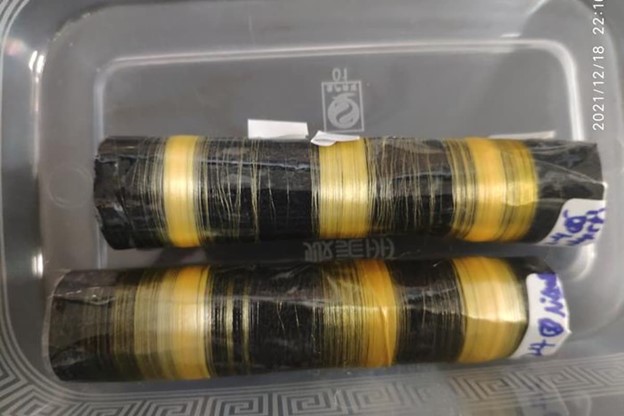
For the first time, scientists have successfully produced full-length spider silk fibers using genetically modified silkworms. Newatlas.com reports that this silk has the potential to provide a scalable, sustainable and better-quality alternative to current synthetic fibers like nylon.
“Silkworm silk is presently the only animal silk fiber commercialized on a large scale, with well-established rearing techniques,” said first author Junpeng Mi, researcher at the College of Biological Science and Medical Engineering, Donghua University, China. “Consequently, employing genetically modified silkworms to produce spider silk fiber enables low-cost, large-scale commercialization.”
The fibers that silkworms build their cocoons with have been cultivated for thousands of years, but while plentiful, they’re also famously brittle. Spiders, meanwhile, produce enviably tough and strong silk; however, cultivating it on any sort of scale has been out of reach. The “cannibalistic nature of spiders,” note the researchers, makes it impossible to house spiders together without a fight to the death of nearly all animals. Scientists have been trying to perfect this bionic ‘recipe’ for more than a decade to attain the best of both spiders and silkworms. This latest study could be a game-changer.
To engineer the silkworm with unique spider senses, Mi and colleagues focused on a small silk protein from Araneus ventricosus, an orb-weaving spider found in East Asia. Using CRISPR-Cas9, the MiSp protein was inserted into the silkworm’s DNA, in place of the gene that codes for the silkworm’s primary silk protein.
The scientists were also able to achieve “localization,” with the gene successfully activated in the silkworm’s DNA, without it interfering with any other aspects of the animal’s natural silk production. “This concept of ‘localization,’ introduced in this thesis, along with the proposed minimal structural model, represents a significant departure from previous research,” says Mi. “We are confident that large-scale commercialization is on the horizon.”
The resulting fibers exceeded researchers’ expectations, combining high tensile strength and toughness. The fibers were also far more flexible than expected, as the MiSp protein is better known for producing silk that’s strong, but not stretchy.
“Spider silk stands as a strategic resource in urgent need of exploration,” said Mi. “The exceptionally high mechanical performance of the fibers produced in this study holds significant promise in this field. This type of fiber can be utilized as surgical sutures, addressing a global demand exceeding 300 million procedures annually.”
The new fibers have broad commercial potential, including in smart materials for the military, aerospace technology, biomedical engineering and garments. The researchers now plan to develop genetically modified silkworms that produce spider silk fibers from natural and engineered amino acids. “The introduction of over one hundred engineered amino acids holds boundless potential for engineered spider silk fibers,” said Mi.
The research was published in the journal Matter.
 TEXTILES.ORG
TEXTILES.ORG


